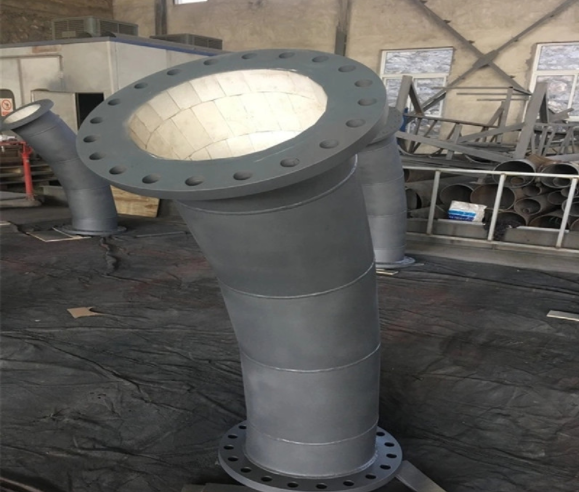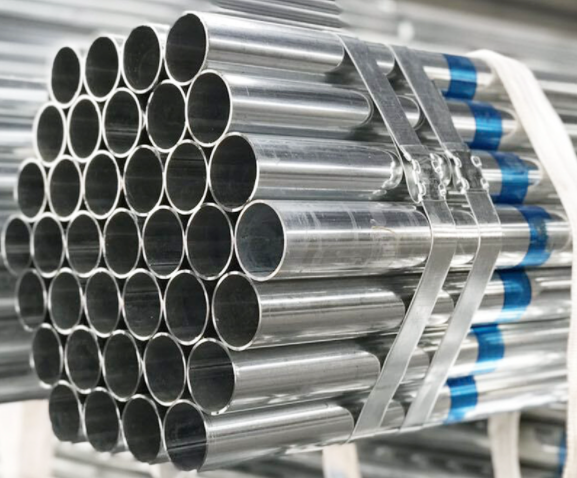If you're working on an engineering project, the fear of steel pipe corrosion can keep you up at night. Corrosion can stop production, cause injury and put workers' lives at risk. Best of all, it's hard to detect with the naked eye.
However, corrosion doesn't have to be scary. Relax, you can fight back against this pesky metal punisher, keep your pipes and fittings intact, and save some money in the process. We've clarified what pipeline corrosion is and how to stop it.

The simplest cause of corrosion is contact. This can be when metal comes in contact with a variety of things, including water, oxygen, dirt or other metals. Any one of these elements can cause problems, but each one can cause corrosion for different reasons.
Corrosion is a chemical reaction that plagues metals. The problem begins when a piece of metal loses electrons and is weakened. When a metal comes into contact with an electrolyte, such as water, and an electron-hungry material, these electrons are encouraged to leave.
Suddenly, this metal is vulnerable to other destructive chemical reactions. The result can be things like rust, cracks and holes. You can check our Anti-corrosion Steel Pipe here, they may help you if you need.
Water is the main cause of corrosion. Especially in copper pipes, a low pH can damage the lining of the pipe. the EPA recommends that you make sure the pH of your water hovers between 6.5 and 8.5.
You also need to monitor oxygen levels in the water. Oxygen can cause rust and can lead to buildup and clogging. Another good idea is to keep the water temperature as low as possible. Hot water tends to be more corrosive.
Microbially-induced corrosion (MIC) occurs when metals are exposed to corrosive bacteria. It is wise to clean pipes to prevent MIC, especially if they are in regular contact with sulfides.
You can use inhibitors or biocides to keep fluids clean. Another option is to consider chemical treatment of water or other fluids. 3.
Protective linings or special coatings can prevent corrosion of pipes and other surfaces. This includes things like beams, joints and bolts. Galvanizing, for example, works by adding a layer of zinc to the surface of metals such as steel or iron. It's also wise to use sealants to prevent corrosive bacteria from getting into joints or cracks in the first place.

friction, rocking and bouncing wear on metal. When openings begin to form, corrosive materials can enter and can lead to crevice corrosion. A good way to prevent crevice corrosion is to use restraints. items such as U-bolts, straps and clamps can reduce the vibration that can lead to corrosion.
Not all metals get along. Galvanic corrosion occurs when one metal pulls electrons out of another metal.
The best way to prevent metal-to-metal corrosion is to insulate the metal. For pipes, consider installing insulators, such as wear pads or pipe boots. Insulators add a cushion between the metal, so the metal lasts longer and is more durable.
Whatever the unique qualities of your industry, we want to help you stay safe and resistant to corrosion. Browse our website for more information on fittings, we have stainless steel fittings and malleable cast iron fittings for sale. Contact us for more product details.
Copyright © Hebei Pipefun Pipe and Fitting Facility Co., Ltd. All Rights Reserved | Sitemap